5 Tips to Cut Down Translation Costs
CLEAR WORDS
TRANSLATIONS
All News
maio 24, 2018 |
5 Tips to Cut Down Translation Costs
As three in four internet users don’t speak English, you need to translate and localize your website and your marketing strategy to connect with your international public. But every step of this process adds up expenses. The sooner you learn to cut down translation costs, the higher your chances of increasing your profits and becoming a successful global player.
It’s about finding the balance between what your target public needs and what you can afford to give them. You need to provide them with high-quality content, on websites with excellent design and high usability. How can you achieve these goals without putting your finances at risk?
Here are five tips to cut down translation costs without quitting on quality.
1. Define The Scope of Your Translation Project
The most effective method to cut down costs is having an excellent plan. If you set clear boundaries, you won’t need to think about reducing costs in the first place. If you take the time to carry out a realistic project, in which you define your objectives and your budget, you’re more likely to get a good ROI from your localization strategy.
You need to analyze market opportunities and identify those languages that are worth translating into, depending on your current market share. If you already have clients from a specific country, consider localizing for it. There’s no reason to translate for a region where no one has heard about your business–not to start with, at least.
Identify the markets that can help you grow–where you have few competitors, or there’s a high demand for your products or services. Also, start with a limited number of languages: one or two are enough for a first localization project.
Translation costs vary with the language pairs: you need less money to translate from English into Spanish than to translate into Korean, for example.
Furthermore, some languages require additional modifications in your website’s structure, as they write from right to left (like Arabic languages), in which case, you add other costs to the actual translation.
You need to know as much as possible about your translation costs right from the start to be able to keep expenses under control. That includes word count, type of content to translate, and the number of people working on your project, to name a few.
2. Get Content Ready for Translation
Website localization means creating a duplicate of your current page in a different language, aiming to meet local expectations. So, before starting a translation project, analyze your content and decide how much you need to translate from it.
Make an inventory of your text, codes, buttons, articles, and any other content you think you should translate. Include everything you have in your main menu and footer menu–Homepage, Our Services, Testimonials, About US, FAQs, Contact, and other categories.
How much of this content is relevant for your target audience?
Identify any piece of content that adds no value to your new public, such as old blogs or local-themed articles. This way, you make sure your translators receive only relevant content for translation, and you won’t pay for translating texts that you’ll never use.
Ask your programmers to curate all your digital content. Separate the text from the code and extract text from images, to make sure all the information gets translated at the right time. This way, you don’t interrupt workflows and avoid missing deadlines.
It’s the right moment to check for HTML errors and any other issues that can generate more delays in creating your new website page and add more translation costs to your project.
3. Write Easy-to-Translate Content
Translators need more time to deliver content when they have to deal with ambiguities, abbreviations, or slang. You’ll need to postpone deadlines and hire more people to keep a consistent workflow during the project.
On the other hand, if you give your translators high-quality content, that’s ‘translation-friendly,’ you’re more likely to have fast turnarounds and keep translation costs low.
Furthermore, all your efforts don’t mean anything if you start with poor content. Curate your articles before sending them for translation, to save your translators a headache–and you an extra expense.
Write short sentences, in an active voice to make the translation as easy as possible. As a guideline, try to keep sentences under 25 words. Express any new idea in a new phrase, to avoid confusion and make the content accessible for translation even into languages that have a different syntax.
Avoid using industry jargon, unless it’s necessary for your target audience.
4. Cut Down Translation Costs By Investing in An Accurate Glossary of Terms
A glossary of terms and context are vital for an accurate translation. A glossary of terms is also the best tool to help you cut down translation costs because it allows translators to work faster, more efficiently and with fewer errors. Better yet, the costs of having such a tool become lower with every new translation project you start.
The translation industry has changed thanks to technology, allowing you today to store all your terminology in one place. You can use such tools to provide your translators with all the information they need to understand the exact concept of every term in your content.
When they don’t have to ask for additional information and don’t waste time looking through dictionaries for the meaning of a technical term, translators are more productive. So, they deliver quality translations faster and with no need for significant changes upon proofreading.
5. Work With Professional Language Services Providers
“If you think it’s expensive to hire a professional to do the job, wait until you hire an amateur.”
Red Adair’s words may sound like a cliche, but they speak a truth that you can’t ignore. For any type of translation services that you need, working with a professional team helps you save time and money. Especially when you need to localize your website, the window through which potential clients from all over the world see your business.
Professional translators and linguists know their jobs and are interested in delivering the best translation for your website. They have the skills, knowledge, and the experience you need to make it in the new market from the first attempt.
Cutting down translation costs isn’t hard. The more you focus on planning and preparing your content, the higher your chances of keeping expenses lower and meeting deadlines. In the long run, this approach will bring you closer to a successful translation and localization project.










